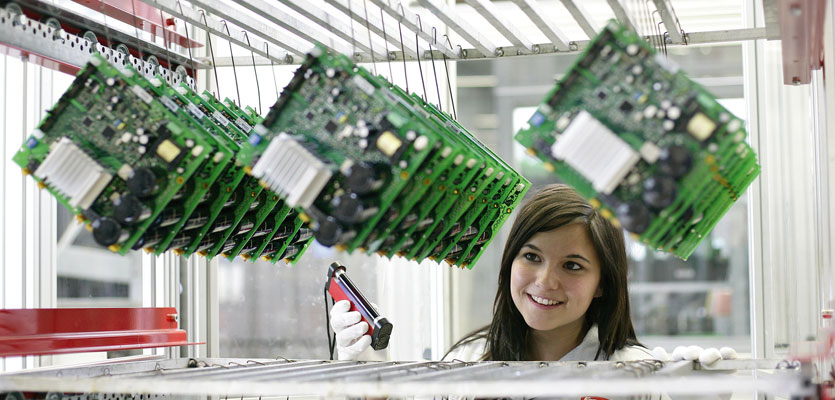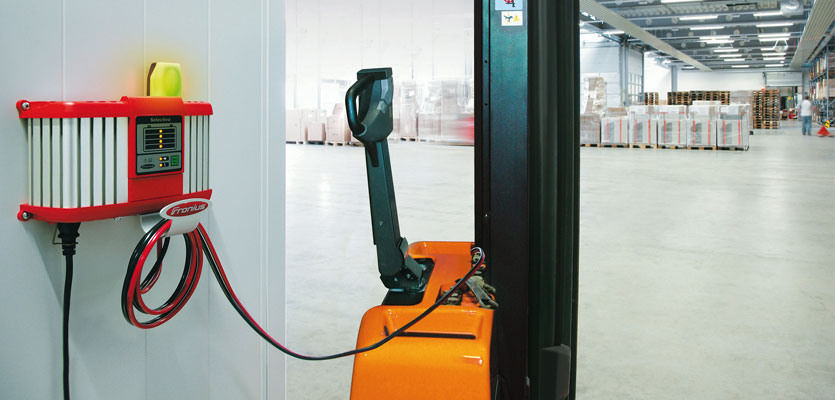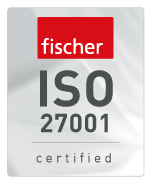The family-owned company from Austria places great value on easy-to-understand documentation.Due to the growing number of products and target markets, the technical editorial staff found they had to produce, localize and maintain more and more documents, which was no longer possible with traditional desktop publishing methods. Fronius decided to introduce an XML-based content management system to create documentation faster and reuse the generated and translated content more easily. One criterion for choosing the system was the possibility of linking the software to the ERP solution for managing the stocklists and order data.

Adobe FrameMaker is used as an editor, which also meant that the editors did not have to completely change their accustomed way of working. The changeover to a module-based approach was also facilitated by the fact that the content had already been structured in blocks based on the information mapping method. This structure was replicated in the content management system TIM so that content from existing documents could be reused more easily. With the small difference that it is now managed separately from the layout and formatting in a database, making it much easier to maintain technical documentation. If users change a text module that appears in several documents, they can update it almost at the touch of a button using the auto updater in TIM.
The content management system manages and versions not only the text modules in the source language, but also the respective language versions. Employees only have to send individual text modules in XML format to the translation service provider, meaning that new or changed content can be translated even before the entire documentation has been completed. "Thanks to TIM, we have reduced the cost of publishing the different language versions by more than a third," says Murauer. "We are now able to produce our documentation simultaneously in more languages than previously."

EPS and SVG graphics are stored in the database of the content management system. Instead of a position number, these graphics are given the article numbers of the spare parts. When publishing the spare parts lists, TIM gets the corresponding article descriptions in the respective languages via the interface from the ERP system, eliminating the manual effort of localizing the spare parts lists. The instruction manuals are normally published as PDF files, both in a printable and electronic form.
In addition, output in Word is also supported so that resellers can add to the content more easily. The content management system is also linked to the web content management system LiveLink.As a result, the electronic version of the documentation can be published on the Intranet and/or Internet on release at the push of a button.
Fischer has adapted the cover sheets of the documentation to Fronius's new corporate design and created the option of printing them with a data matrix barcode. This is scanned when the products are packaged to be able to trace the status of the documentation and the language version in which the produce was delivered.
The change to a module-based editing process not only reduces the cost of creating different language versions, as Murauer emphasizes: "TIM also improves the quality of our technical documentation with a consistent design taking into account our corporate identity, and ensures that it is always up-to-date."


